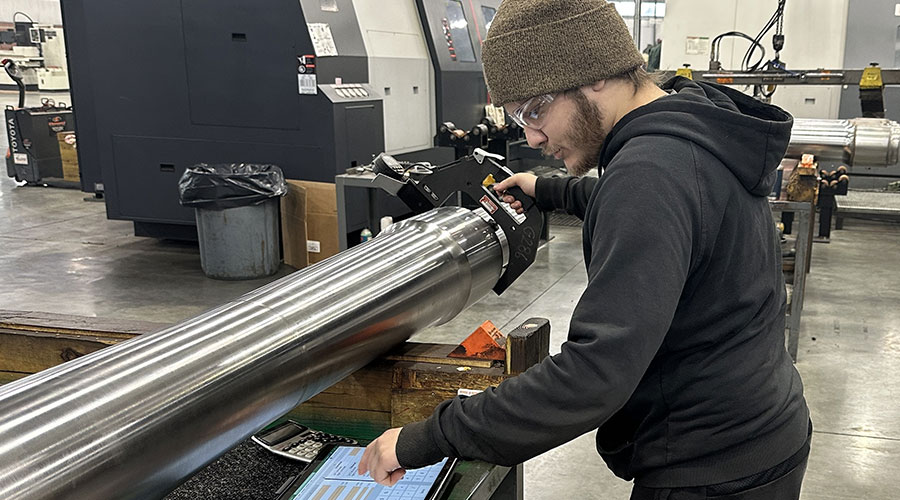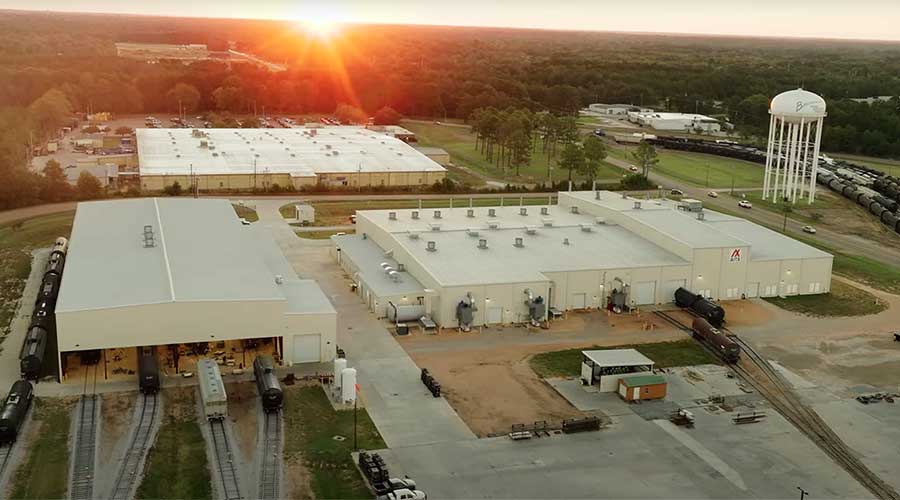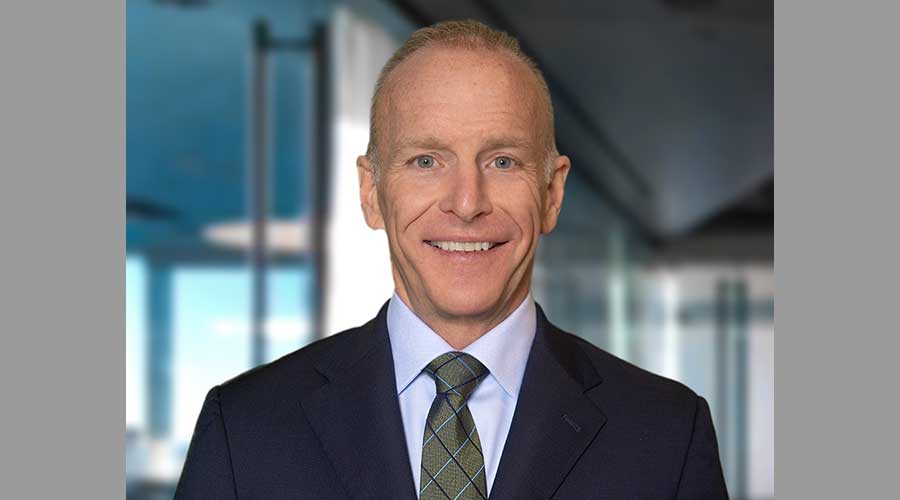Stay updated on news, articles and information for the rail industry
December 2021
Rail News: Mechanical
What will the rail equipment market look like in 2022?

By Richard Kloster
The rail equipment markets fared reasonably well in 2021, all things considered. While the freight markets were schizophrenic and couldn’t figure out if they wanted to recover from the pandemic-recession or not, enough cars were brought back into service to bring down the stored car surplus considerably.
In addition, high scrap steel prices helped reduce the surplus by increasing the higher retirement rate to a level that will easily top 50,000 cars for the year.
As for new car deliveries: 2021 started off slowly but picked up by the third quarter, and if the fourth quarter continues this trend, deliveries will hit 30,000 cars, but just barely. However, this volume is well below the long-term fleet replacement level needed to keep the fleet current — which is 40,000 to 45,000 cars year in and year out.
In short: There is a lot more optimism about rail equipment market conditions going into 2022 than there was going into 2021, starting with the new car market. Expect 2022 deliveries to be more than 40% higher than 2021’s figure, totaling 43,656 cars. This very well could be the beginning of a multiyear build cycle. The principal driver? Equipment availability.
Freight improvements lead to reduced equipment availability, which tightens since car supply draws more cars out of storage. At some point, new car demand is needed to fill the availability gap and new car orders increase. New cars carry a new car price, both in terms of original equipment cost and lease rates. New car lease rates tend to pull up the lease prices of existing cars — and have a direct linkage to car availability or lack thereof — which is what started the chain of events in the first place.
A sustained freight volume recovery
Freight volumes will finally decide to have a sustained recovery, not 2021’s two steps forward, one step back pace. The rail car surpluses will continue to shrink, but at a slower pace than in 2021. Retirements will remain well above the long-term replacement trend. New car orders will be healthy to strong, with the backlog rising some — deliveries should mostly offset the order rate. And finally, what everyone wants to hear, at least on the lessor side: Lease rates will strengthen.
The tank car and covered hopper fleets will lead the way. While tank car deliveries will outpace retirements, the largest portion of the new cars will be DOT 117Js built to replace the outgoing legacy ethanol and crude cars. The build rates for non-flammable tank cars — most of the overall fleet — will not provide much car supply availability relief, which is code for higher lease rates.
The covered hopper deliveries and retirements will mostly offset each other. However, while the new cars will predominantly be jumbo grain cars (i.e., more than 5,000 cubic feet) and plastic pellet cars, retirements will be concentrated on the aging 4,750 cubic-foot grain cars and other smaller capacity gravity cars. Lease rate improvements will be strongest in segments with higher freight growth since supply-side effects such as deliveries and retirements will have limited effects in many covered hopper segments.
In the box-car fleet, retirements will continue to exceed deliveries, but the delivery pace will pick up considerably. Whether this is the beginning of a build cycle that will provide relief to a fleet with a huge retirement cycle looming, only time will tell. But availability will remain tight, with the corresponding lease rate implications.
Gondola and open-top hoppers will continue their march downward in overall size with the continued rightsizing of the coal car fleet. Retirements will be strong and deliveries minimal to nil, but the supply/demand characteristics are slowly improving (although not enough for any material lease rate improvement). The exception is the mill gondola segment, which will continue to see increased utilization, growing new car demand and, again, the corresponding lease rate implications.
All told, there is a lot to look forward to in 2022. While there are always risks to any forecast, the upside risks outweigh the downside risks, in my opinion. For this reason, I’m more optimistic for 2022 than I was for 2021.
Richard Kloster is the founder of Integrity Rail Partners Inc., a private transportation consulting company that provides strategic consulting to the rail industry.
Keywords
Browse articles on rail-car outlook Richard KlosterContact Progressive Railroading editorial staff.


 2025 MOW Spending Report: Passenger-rail programs
2025 MOW Spending Report: Passenger-rail programs
 Gardner steps down as Amtrak CEO
Gardner steps down as Amtrak CEO
 Guest comment: Oliver Wyman’s David Hunt
Guest comment: Oliver Wyman’s David Hunt
 Women of Influence in Rail eBook
Women of Influence in Rail eBook
 railPrime
railPrime







